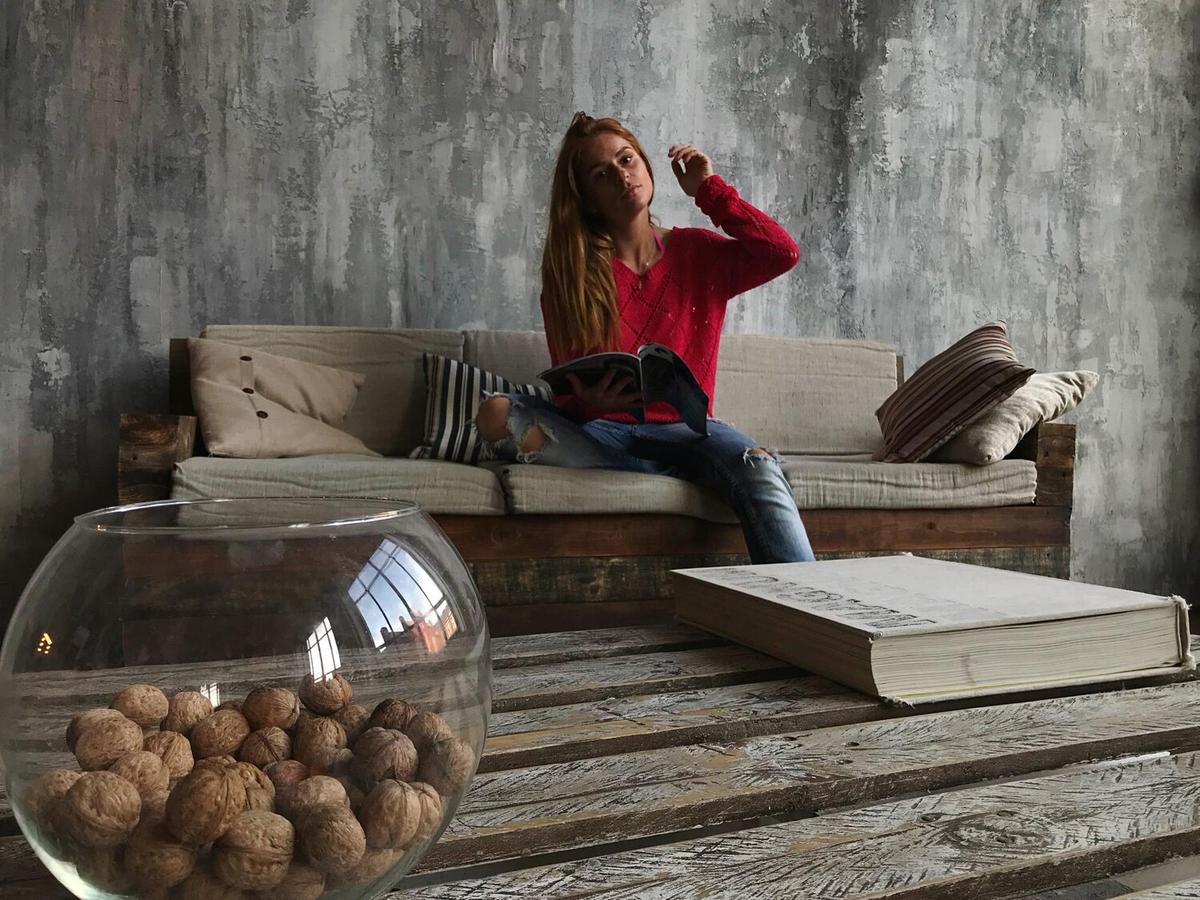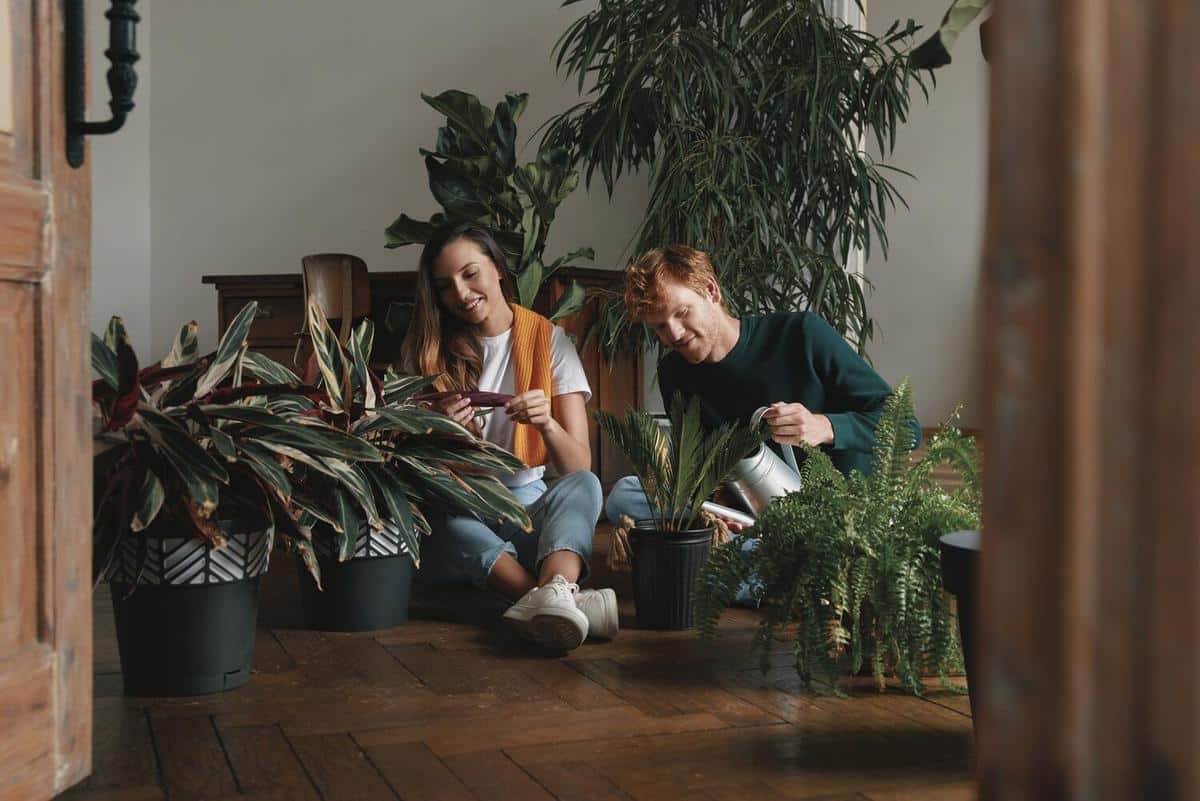
Combining Industrial and Rustic Styles in the Home
Blending the raw, edgy elements of industrial design with the warmth and charm of rustic style creates a unique aesthetic that is both modern and inviting. This fusion breathes new life into spaces, offering a balanced approach to modern interior design.
Understanding the Industrial and Rustic Styles
Industrial design is characterized by its use of raw materials, such as exposed brick, metal, and wood, often reflecting the look of a converted warehouse or factory. On the other hand, rustic style emphasizes natural textures and organic warmth, often featuring wood, stone, and earthy tones. When combined, these styles complement each other beautifully, creating spaces that feel both rugged and cozy.
Expert Insights
Renowned interior designer and author, Emily Henderson, notes that the key to combining these styles is balance. ‘By incorporating soft textures and warm tones into industrial spaces, you can create a home that feels inviting and comfortable,’ she advises.
Research Findings
According to a 2022 survey by the American Society of Interior Designers (ASID), 68% of homeowners are interested in blending different design styles, with industrial and rustic being among the most popular combinations.
Real-Life Example
Consider a modern loft in New York City where the exposed brick walls and steel beams are softened by the addition of reclaimed wood furniture and a large, plush area rug. This juxtaposition not only enhances the aesthetic appeal but also adds layers of texture to the space.
Actionable Tips to Get Started
- Start Small: Incorporate rustic elements like wooden picture frames or metal light fixtures to introduce the style without overwhelming the space.
- Mix Materials: Combine metal and wood in furniture and decor to seamlessly blend the two styles.
- Use Neutral Colors: Opt for a neutral color palette to maintain balance and allow the textures to stand out.
- Focus on Textures: Layer different textures such as leather, wool, and metal to add depth and interest.
Comparison Table
| Aspect | Industrial | Rustic |
|---|---|---|
| Materials | Metal, Brick, Concrete | Wood, Stone, Natural Fibers |
| Color Palette | Gray, Black, White | Earthy, Warm Tones |
| Textures | Rough, Edgy | Soft, Natural |
| Decor Elements | Exposed Pipes, Open Spaces | Handcrafted Items, Cozy Furniture |
| Lighting | Industrial Pendants | Warm, Ambient Lighting |
| Furniture | Sleek, Minimalist | Chunky, Handmade |
| Overall Feel | Urban, Modern | Inviting, Homely |
| Common Accessories | Metallic Accents | Textiles, Plants |
FAQs
How can I balance industrial and rustic styles?
Focus on using complementary materials, such as pairing metal with wood, and maintain a neutral color palette to allow both styles to shine.
Can these styles work in small spaces?
Yes, by using lighter colors and incorporating mirrors, you can make small spaces feel larger while still enjoying the industrial-rustic aesthetic.
Conclusion
By thoughtfully combining industrial and rustic elements, you can create a space that is both stylish and comfortable. Whether you’re starting from scratch or looking to refresh your home, this blend of styles offers endless possibilities for personalization. Embrace the charm of this unique combination and transform your living space into a modern haven.

